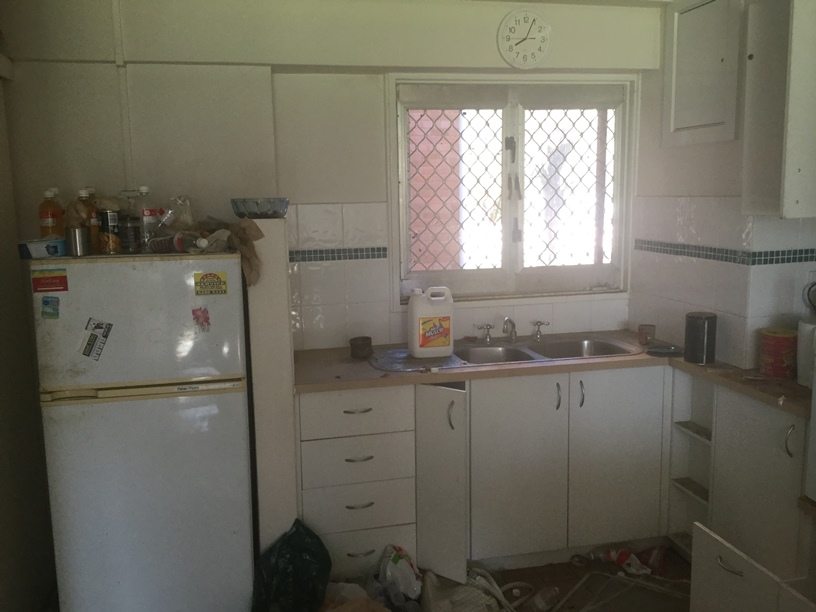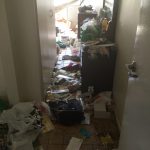

There’s a popular Television series from America showing called Hoarders. Have you seen it? It’s not just in America. It’s a big issue right here in Australia. There may be a hoarder living in your street, someone you work with, even a family member and you may not see the signs.
But don’t be confused by the majority of what is shown in the TV series. Most of the cases featured are not actually hoarding, but are in fact squalor.
Hoarding v Squalor
The two terms are often confused, but they are very different. Compulsive hoarding is usually associated with mental health issues. Clutter is only a symptom of a bigger problem.
Squalor is characterised by severe accumulated filth and may be present at some hoarding houses. But not all squalor is the result of hoarding.
Leave your details below and we will get back to you to arrange an inspection.
Hoarders
People who hoard differ from collectors. The acquired objects become disorganised and even chaotic clutter that interferes with everyday living and is often dangerous. The clutter becomes so serve that it prevents or seriously limits the use of the living spaces for which they were intended. For example the bedroom is so full of clutter you have to sleep on the couch, or the shower is full of clutter that you can’t use it.
Compulsive hoarders don’t think the way most people do. They have unhelpful thoughts and distrust the people who are trying to help. The clients hoard is a sense of security for them. Our team are trained in how to deal with the different situations that arise in a hording environment.
Squalor
Unlike the hoarder, in most cases of squalor the client is grateful for the assistance to bring the home back into order. However they may need some basic housekeeping training and ongoing support to ensure the environment doesn’t deteriorate again. The rapid clean and graded clean are the best approach for a situation of squalor.
There are risks involved to the client and to other people who interact with them, these involve health and safety, blocked exists, narrow pathways, tripping hazards, rodent infestations, mould, bacteria, poor air quality and increased fire load.
Long term results are best reached with the collaboration of the client and appropriate mental health professionals. In some cases support may be required to teach new skills such as cleaning.







